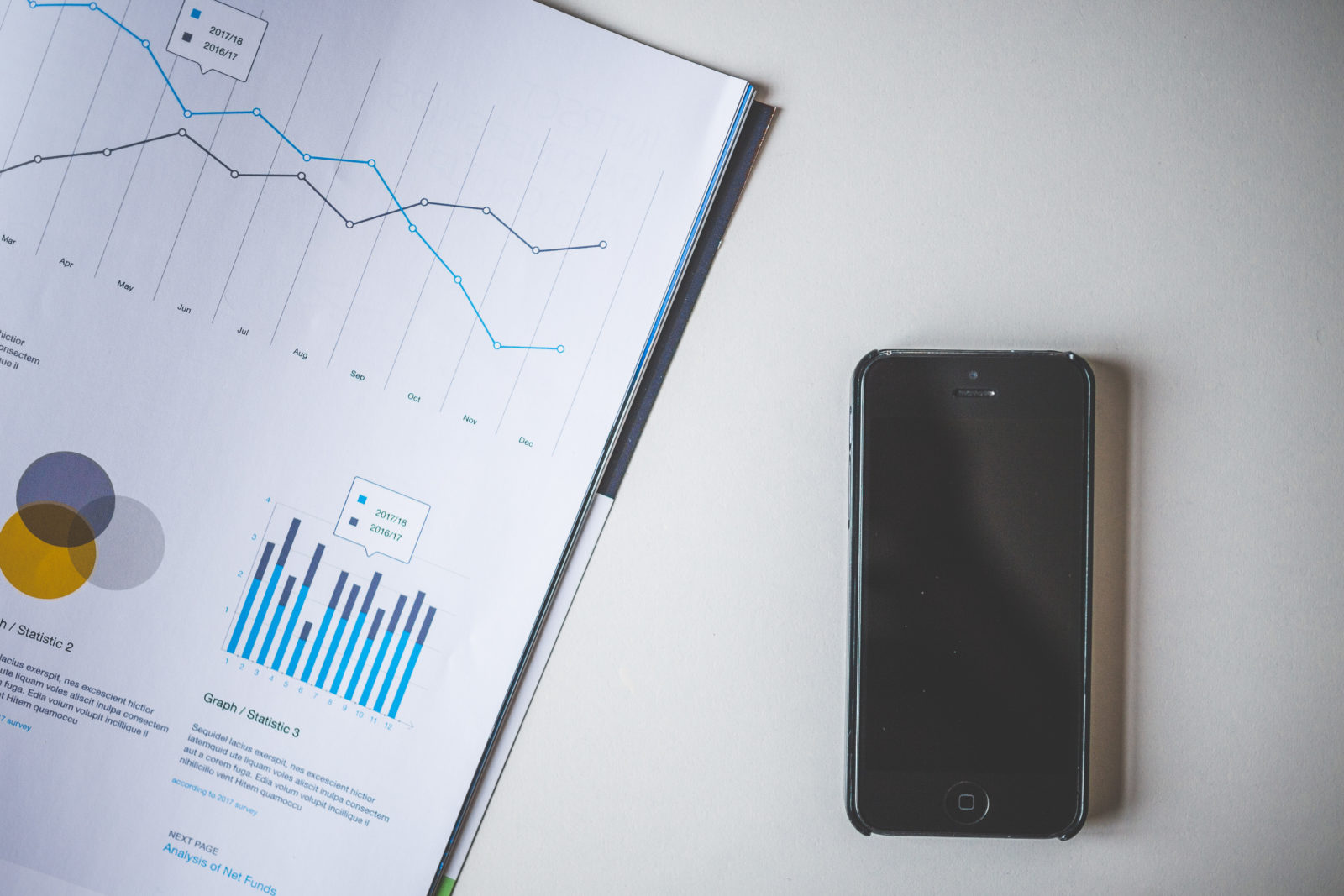Trend 7 | Big Data
Reading time: 4 minutesBig data, it seems, has become the buzzword of the 21st century. Everybody is keen on using it, jobs as ‘big data analyst’ rank highest in international comparison and yet, nobody really seems to know, what exactly to do with the vast quantity of data points.
The days when big data was just something for nerds to fuss about are long over: it is literally everywhere. While the term is vague, big data merely describes the massive amount of data points collected in our everyday life. While this also happens ‘offline’ (what do you buy in the supermarket, where do you travel, where are you registered, how long have you been working for your current employer…?), the fact that large parts of our lives are happening online nowadays, made the data collection a lot easier, of course: Every movement on the internet can be tracked, followed, registered and analyzed. And this has not only a strong influence on our behavior as a consumer, but also of course, for marketing and sales folks.
Big Data is everywhere
Only few decisions in e-commerce nowadays, are made without some influence of big data. Even smaller companies that do not collect large quantities of numbers themselves are often involved with social media platforms that use algorithms and big data profiling, Google Adwords utilizes predictive analytics to determine the costs per click for each search term and retargeting has become a lot more sophisticated then it was only a couple of years back. Many big players are working with chatbots nowadays, using machine learning to their advantage, and Amazon uses algorithms to quickly adapt prices when new competitors enter the market.

But how can you use the mystery that is big data?
Users have become increasingly adapted to personalized dashboards and news feeds, and it is important to stay on top of these developments in order to be competitive in the long run. When talking about big data, the ‘3 Vs’ are often mentioned. These V’s stand for Data Velocity, so to say how quickly your data is updated: Do you receive periodical, near real-time or even real-time updates? Secondly Data Volume, the sheer mass of data, and lastly Data Variety: What kind of data do you collect? Do you have different sources and types of data such as social data, video or audio data? On these parameters, quality can often be accessed: Mass alone does not cut it!
These developments have, naturally, completely changed the online landscape and work of online marketing managers. While it has certainly made their tasks more complex, it also created a variety of new opportunities. Many decisions that had to be made on educated guesses or experience, can now be backed with numbers and actually be proven. One of the most popular ways to use big data is customer analytics: which parts of your website function well? What type of content makes the customer stop scrolling? What makes them leave your page? All questions, that can be answered with the help of big data!
There are tools to help you analyze user behavior and the customers journey on your website. These programs collected real-time data on the visitors of your website, record which features they use, how they look at the page and where they click. This can help you improve your timing and precision in a sales context: If you already know that a prospect has looked at your new range of products three times this week, a follow-up e-mail with more details on exactly those products might be better received than a general pitch.

Other interesting, albeit more general tool is, for example, the Google consumer barometer, where Google visualizes trends in different countries over time and enables you to compare users’ preferences in different countries. While this is somewhat general information, it can be a good starting point for further research and provides interesting insights. Google also offers an overview of the most popular search terms and how the public’s interest developed over the last 24 hours. This can be especially useful for creating up to date content and monitoring the public opinion in different countries.
While these new developments are equally useful and exciting, in the end, what we are collecting are just numbers – the concrete decisions are still in large parts, the responsibility of a human being. While data may aid us make these decisions, we should still keep an open and creative mind about how we use it.